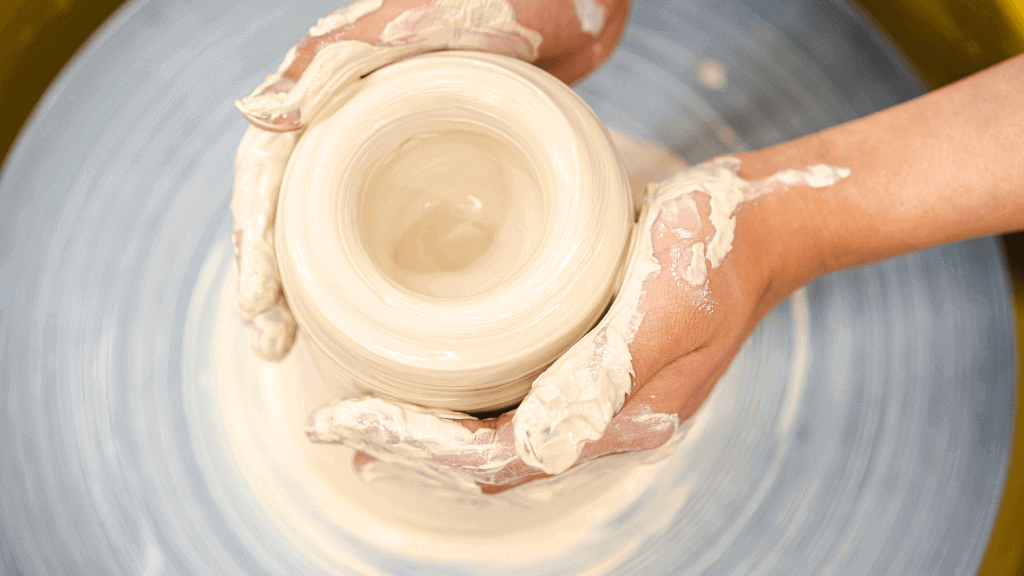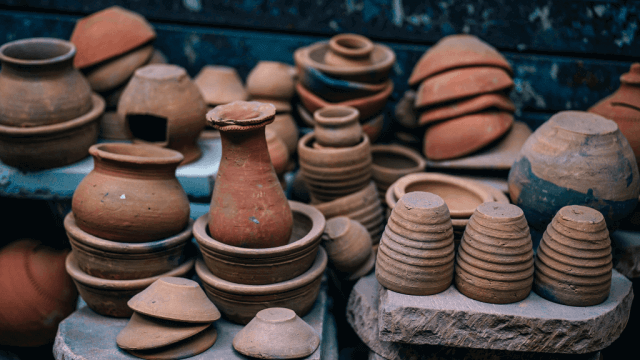Clay shrinks during drying and firing, with different clay bodies shrinking at different rates. Shrinkage can range from 4-15%, with whitewares typically shrinking 7-8%, vitreous porcelains more than 10%, stonewares about 5-6%, and earthenwares 3-4% or less.
Does the shrinkage rate vary depending on the type of clay used?
The shrinkage rate of clay varies depending on the type of clay used, the firing temperature, and the length of time that the clay is fired for. Generally, clay shrinks between 4-14%, but some clays can shrink up to 15% or even 30%. The particle size of the clay also affects its shrinkage rate, with finer particles leading to higher shrinkage rates.
Is there a limit to how much pottery can shrink during firing?
Yes, there is a limit to how much pottery can shrink during firing. Different clay bodies shrink at different rates, ranging from 4-15%. Porcelain typically shrinks between 14-15%, earthenware such as plant pots shrinks 3-4%, and stonewares and whitewares shrink 5-8%.
Are there any techniques or methods that can be used to minimize shrinkage during firing?
There are several techniques and methods that can be used to minimize shrinkage during firing, such as increasing the firing temperature , increasing the length of time the clay is fired , understanding clay shrinking during drying and firing , using a release layer , and using more vitreous bodies. These methods can help prevent damage such as cracking or glaze defects. However, these techniques are not applicable to inventory shrinkage in convenience stores, which requires other measures such as reviewing daily transactions in front of employees.
How does the thickness of the pottery affect the amount of shrinkage?
The thickness of the pottery affects the amount of shrinkage, with finer particle sizes leading to more water layers and thus more shrinkage. Firing shrinkage is also affected by the clay body, with some clays shrinking up to 15% during firing. Porcelain clay has very fine particle sizes which makes it particularly prone to shrinkage. The uneven proportion of distribution of the shrinkage can also affect the shape and size of a product.
Is shrinkage something that can be predicted and accounted for in the design and creation process of pottery?
Yes, shrinkage can be predicted and accounted for in the design and creation process of pottery. Clay shrinks when it dries, which means that pieces will be slightly smaller once they go through the firing process. The finer the particle size of the clay, the more water layers; hence, the greater the shrinkage. Different clay bodies shrink at different rates which can be as little as 4%, or as much as 15% for some clay bodies. The raw materials and processes employed in production of pottery affect both plasticity and drying shrinkage.











